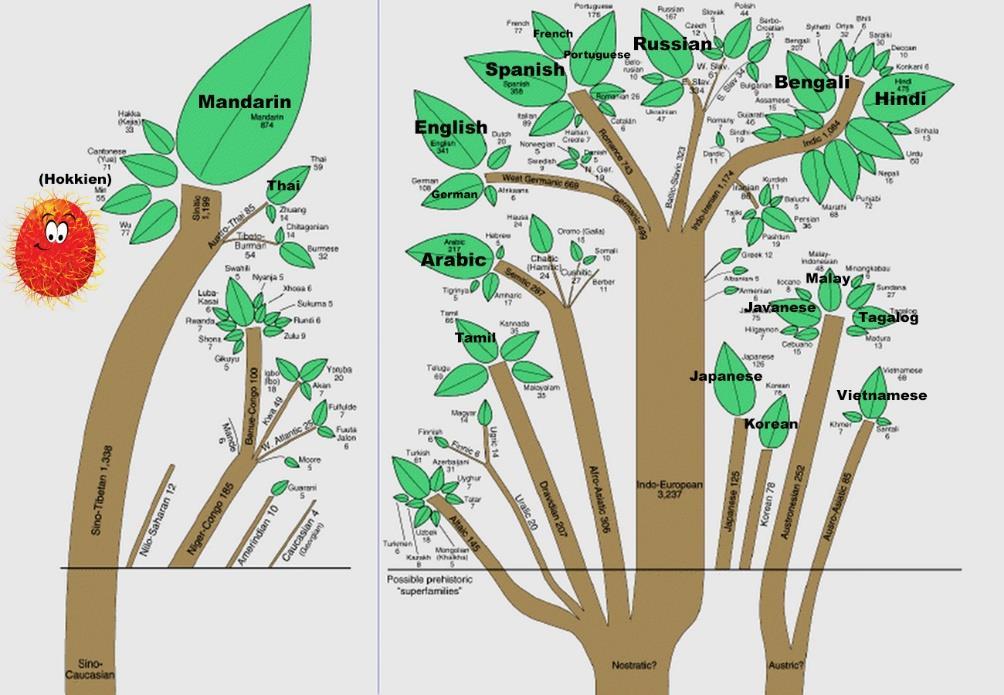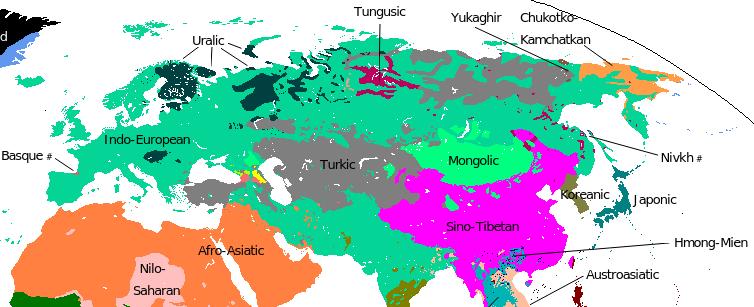
1 minute read
Mary Qurban 中文量词的使用
文和英文是非常不一样的语言。英文有拉丁字母, 中文有汉字; 英文有屈折语, 但是中文 没有; 中文的声调很重要, 可是英文没有。我可以继续 列出(中文和英文在语言树的不同 侧), 但是一个特别有意思的区别是量词的使用。尽管英文也有量词, 但是它们不经常被 使用。比如有人可能会说一块蛋糕或者一碗饭等, 仅此而已。然而中国人总是将量词和 名词一起使用。 量词可以分为两组: 用于无法数名词和可数名词。可数量词没有办法直接翻译成英文, 可 是无法数量词可以直接翻译。比如’一个人’的‘个’不能翻译成英文, 可是’一块蛋糕’的‘块’ ,或者’一片面包’ 的‘片’ 可以翻译。不可以说’三个水’, 必须说’三滴水’ 。 最常用的可数量词是’个’, 例如‘那个人’, ‘两个姐姐’, ‘上个星期’, ‘一个西瓜’ 等。如果说’这’ 或’那’ ,或者使用数目, 都必须使用量词, 所以’个’的使用非常多。 除了’个’以外, 还有很多其他可数量词更特定, 包括’本’ 用于书, 和 ‘间’ 用于房间。对于动 物, 人们使用’只’,对于鱼或蛇,人们使用’条’, 因为鱼和蛇(特别是蛇)是长条状的, 而且量 词通常描述名词的形状。因此’条’不但只用于鱼和蛇, 也用于河或路。另一个例子是量词’ 张’, 用于扁平的物件比如桌子, 床, 和纸。
The use of measure words in Mandarin
Advertisement
Chinese and English are very different languages. English has a Latin alphabet, while Chinese has Chinese characters; English has inflections but Chinese does not; Chinese tones are important, yet English doesn’t have any. I could go on (Chinese and English are on different sides of the language tree), but particularly interesting difference is the way measure words are used. Although English has measure words, they are not used very often. For example, you might say a piece of cake or a bowl of rice, etc., but that’s all. However, Chinese always uses measure words with nouns. Two groups of measure words can be identified: measure words for uncountable nouns and for countable nouns. Countable measure words (count-classifiers) cannot be directly translated into English, but uncountable measure words (mass-classifiers) can be directly translated into English. For example, ‘one (个/gè) person’ has no direct translation, but ‘a piece of cake’ or ‘a slice of bread’ can be translated. You can’t say ‘three waters’, you must say ‘three drops of water’. The most used count-classifier is ‘个(gè)’, for example you would say ‘that (gè) person’, ‘two (gè) older sisters’, ‘last (gè) week’, ‘one (gè) watermelon’, etc. If you say ‘this/that’ or use a number, you must use a measure word, thus ‘gè’ is used plentifully. Apart from ‘ge’, there are also many count-classifiers which are more specific, including ‘本(ben)’ for books, and ‘间(jiān)’ for rooms. For animals, you use ‘只(zhǐ)’, and for fish/snakes you use ‘条(tiáo)’, because fish/snakes (especially snakes) are like long strips (tiáo means strip), and measure words often describe the shape of the noun. Thus, ‘tiáo’ is not only used for fish and snakes, but also for rivers and roads. Another example is the measure word ‘张(zhāng)’, which is used for flat objects such as a tables, beds, and paper.











